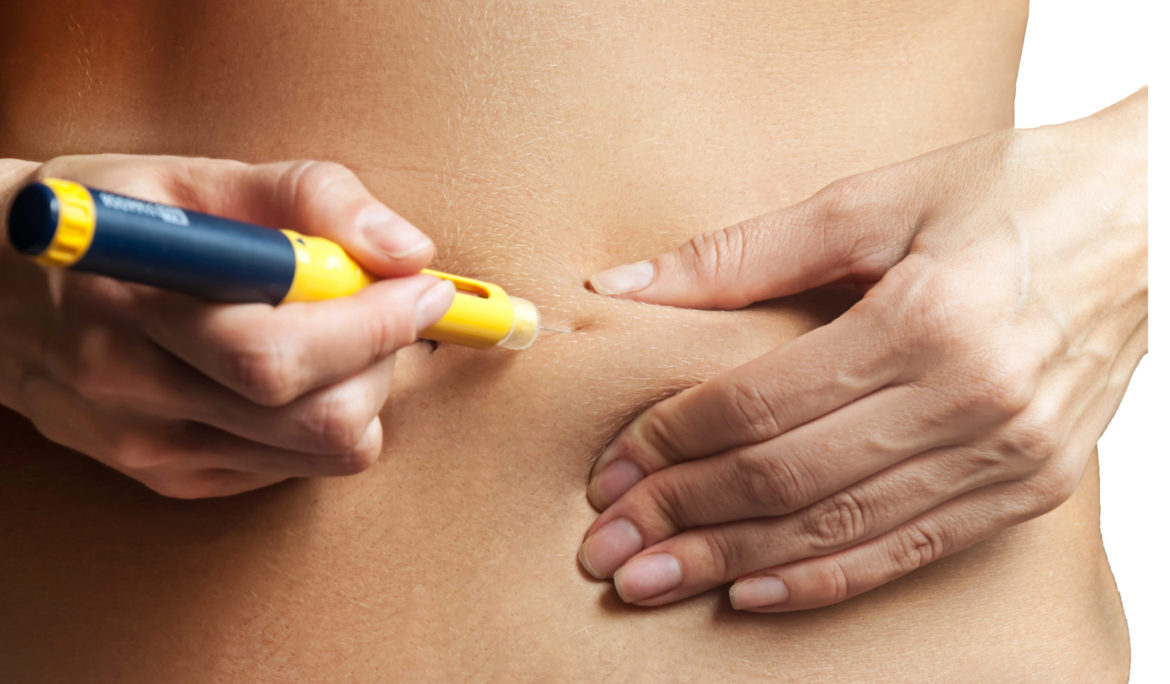How Trigger Shots Work in Fertility Treatments


Fertility treatments like Intrauterine Insemination (IUI) and In Vitro Fertilization (IVF) have been revolutionary for countless couples facing infertility challenges. An integral part of these treatments often involves the use of a “trigger shot,” a critical component that can significantly impact the success of the procedures. In this article, we will delve into what the trigger shot is, its purpose, how it works, and what to expect during and after its administration.
What is a Trigger Shot?
The trigger shot, medically referred to as Human Chorionic Gonadotropin (hCG) injection, is used in fertility treatments to induce ovulation. hCG is a hormone that mimics the luteinizing hormone (LH) surge in the body, which is naturally responsible for triggering the release of mature eggs from the ovaries. This shot is critical in timing the ovulation to increase the chances of fertilization, whether through sexual intercourse, IUI, or during IVF cycles.
The Role of the Trigger Shot in IUI
Intrauterine Insemination (IUI) is a fertility treatment that involves placing sperm directly into a woman’s uterus to facilitate fertilization. The timing of the IUI is crucial as it increases the chance of sperm meeting the egg. The trigger shot is administered to ensure that ovulation occurs within a predictable time frame, typically 24 to 36 hours after the injection, allowing for the IUI procedure to be scheduled at an optimal time.
The Role of the Trigger Shot in IVF
In Vitro Fertilization (IVF) involves the extraction of eggs and fertilization by sperm outside the body in a lab. Here, the trigger shot plays a slightly different role. It is given to finalize the maturation of the eggs before they are retrieved for fertilization. The timing of the shot is critical as it needs to be synchronized with the retrieval procedure to maximize the number of viable eggs.
Types of Trigger Shots
There are mainly two types of trigger shots used in fertility treatments:
- hCG Trigger: The traditional trigger shot, which uses hormones similar to those produced by the body, specifically designed to induce ovulation.
- GnRH Agonist Trigger: This is an alternative to the hCG trigger, often used for patients who are at risk of Ovarian Hyperstimulation Syndrome (OHSS). It helps in releasing LH from the pituitary gland to trigger ovulation.
Administration and Timing
The trigger shot is usually administered via an injection under the skin or into the muscle. The exact timing of the shot is crucial and is carefully determined by the fertility specialist based on blood tests and ultrasound results. Incorrect timing can lead to eggs being too immature or overripe, affecting their viability.
What to Expect After Receiving the Trigger Shot
After receiving the trigger shot, women may experience symptoms similar to those of early pregnancy, such as mild swelling or bloating, breast tenderness, and slight abdominal pain. These symptoms are normal and are indicative of the body’s response to the hormones.
Risks and Considerations
While generally safe, the trigger shot does carry some risks, such as the possibility of OHSS, especially with the hCG trigger. This condition can be serious and is characterized by swollen, painful ovaries. Monitoring by a healthcare provider is necessary to manage and mitigate this risk.
Conclusion
The trigger shot is a powerful tool in the arsenal of fertility treatments, playing a crucial role in both IUI and IVF. By understanding its purpose, how it works, and what to expect, patients can feel more prepared and informed about their fertility journey. As with all medical treatments, discussing all options and potential risks with a fertility specialist is crucial to making informed decisions that align with personal health and fertility goals.
For further information about IVF or any other fertility-related issues, please don’t hesitate to contact us. Our team of experts is ready to provide you with personalized support and guidance to help you navigate your fertility journey. We are here to answer your questions and offer the resources and care you need.



